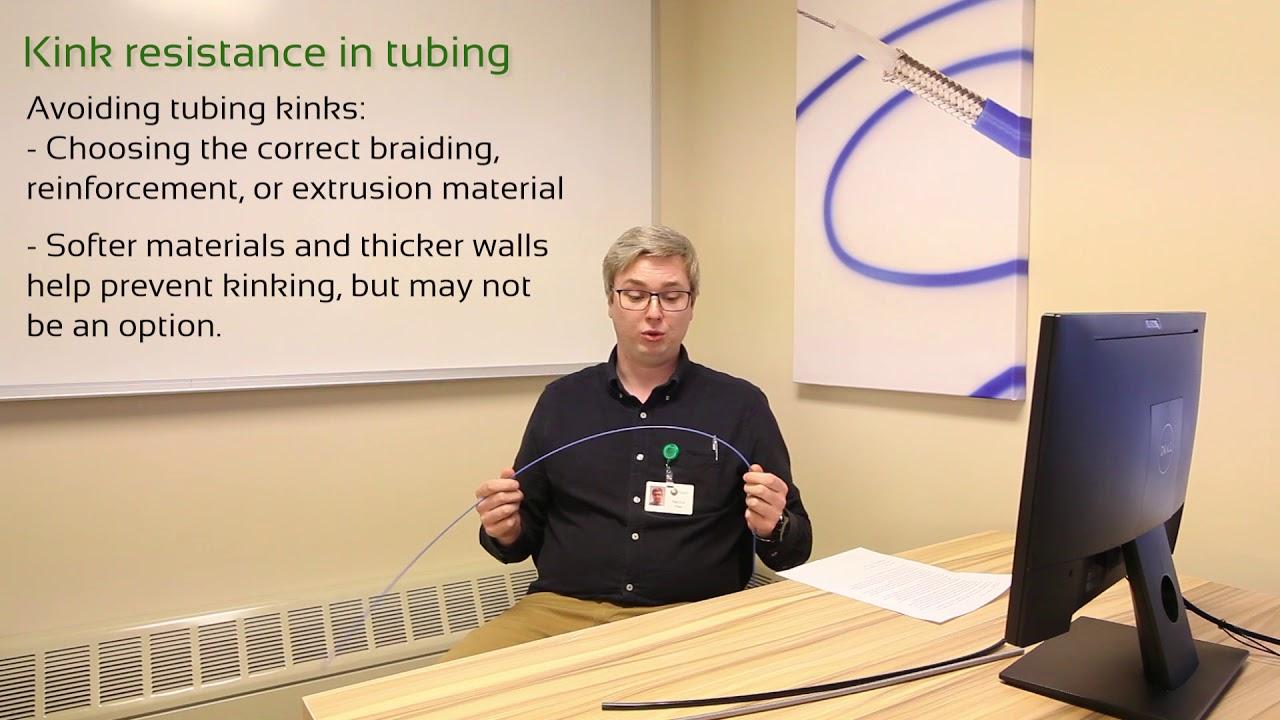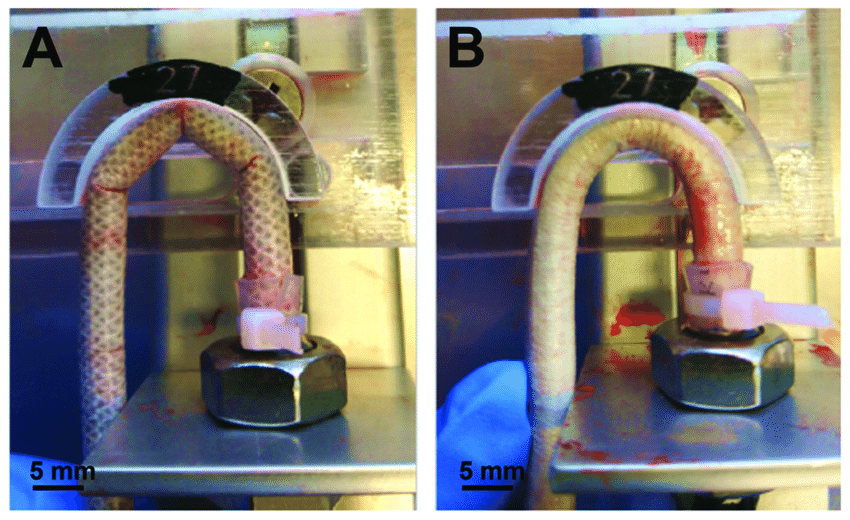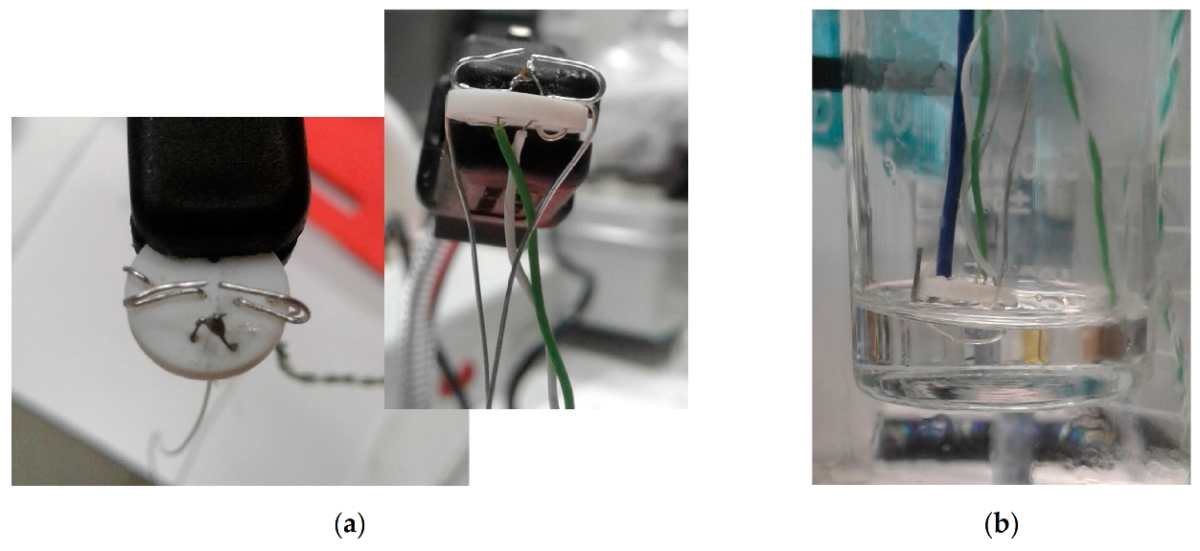
The Kink Test is a concept that has emerged in various fields, including engineering, software development, and even social sciences. This article aims to provide a comprehensive understanding of the Kink Test, its applications, and its significance in different contexts. We will explore its origin, methodology, practical applications, and the implications it holds for industries and research.
Origins and Conceptual Framework
The term “Kink Test” primarily arises from the field of engineering and material science. In these domains, a “kink” refers to a sharp bend or irregularity in a material or a structure. It is designed to assess how materials or systems behave when subjected to such irregularities or discontinuities.
In essence, the Kink Test is a method to evaluate the strength, durability, and performance of materials or systems under non-ideal conditions. This can involve assessing how well a material withstands stresses at points of discontinuity or how a software system handles irregular or unexpected inputs.
Methodology
1. Engineering and Material Science
In engineering, particularly in structural and materials engineering, the Kink Test involves subjecting a material to forces or conditions that create a discontinuity or “kink” in its structure. This can include:
Stress Analysis: Applying stress to a material in such a way that it introduces a kink or bend. The material’s response to this stress is then measured, often using techniques like strain gauges or finite element analysis.
Fracture Mechanics: Testing how cracks or kinks propagate in materials. This involves studying the material’s ability to withstand the growth of a crack and its impact on overall structural integrity.
Fatigue Testing: Subjecting materials to repeated loading and unloading cycles to simulate the effects of long-term use and to observe how kinks or stress concentrations affect material fatigue.
2. Software Development
In software engineering, the Kink Test may involve evaluating how software systems handle irregularities or unexpected inputs. This can include:
Boundary Testing: Introducing inputs that are at the edge of acceptable ranges to see how the software behaves. This helps in identifying how well the software manages edge cases and potential failures.
Stress Testing: Evaluating how software performs under extreme conditions or loads. This can help in understanding the system’s robustness and its ability to handle unexpected scenarios.
Error Handling: Assessing how the software reacts to incorrect or malformed inputs. This includes testing how gracefully the system can recover from errors or disruptions.
Practical Applications

1. Engineering and Material Science
Aerospace Industry: In aerospace engineering, it is critical for ensuring the structural integrity of aircraft and spacecraft. Components are tested for their ability to withstand stresses and potential failures that could occur during operation.
Civil Engineering: For construction materials such as steel and concrete, it helps in determining how these materials perform under various stress conditions, including those that create discontinuities or irregularities.
Automotive Industry: It is used to assess the durability of automotive parts, especially those subjected to high stress or potential impact scenarios.
2. Software Development
Web Development: Web applications are tested for how well they handle unexpected user inputs, such as malformed URLs or excessive data. This ensures that the application remains functional and secure.
Financial Systems: In financial software, it helps in verifying that the system can handle large volumes of transactions and edge cases without compromising accuracy or performance.
Embedded Systems: For embedded systems used in critical applications, such as medical devices or industrial controls, these tests ensures that the system remains reliable and responsive under various conditions.
Significance and Implications
1. Engineering and Material Science
The Kink Test plays a crucial role in ensuring the safety, reliability, and performance of materials and structures. By understanding how materials behave under non-ideal conditions, engineers can design more robust systems and mitigate potential risks.
Safety: Ensuring that materials and structures can handle stresses and discontinuities is vital for safety, especially in high-risk industries like aerospace and civil engineering.
Performance: Assessing material performance under various conditions helps in optimizing designs and improving overall efficiency.
Cost: By identifying potential weaknesses early in the design process, it can help in reducing costs associated with failures and redesigns.
2. Software Development
In software engineering, the Kink Test helps in improving software reliability and user experience. By testing how systems handle irregularities, developers can create more resilient and user-friendly applications.
User Experience: Ensuring that software can handle unexpected inputs gracefully enhances the overall user experience and prevents frustration.
Security: Identifying and addressing potential vulnerabilities helps in safeguarding against security threats and breaches.
Reliability: Stress testing and boundary testing contribute to the overall reliability of the software, ensuring it performs well under various conditions.
Challenges and Limitations

Despite its importance, the Kink Test is not without its challenges and limitations.
1. Engineering and Material Science
Complexity: Simulating real-world conditions accurately can be complex and may require sophisticated equipment and techniques.
Cost: Performing these tests, especially for high-stakes industries, can be expensive due to the need for specialized equipment and testing procedures.
Predictability: While the Kink Test provides valuable insights, it may not always predict real-world performance accurately, as actual conditions can vary.
2. Software Development
Edge Cases: Identifying all possible edge cases and irregular inputs can be challenging, and there may still be unknown scenarios that could affect system performance.
Resource Intensity: Conducting comprehensive Kink Tests, especially stress and boundary testing, can be resource-intensive in terms of time and computational power.
Evolving Systems: As software systems evolve and new features are added, continuous Kink Testing is required to ensure that new functionalities do not introduce unforeseen issues.
Future Directions and Innovations

As technology and research progress, the Kink Test is likely to evolve and adapt to new challenges and advancements.
1. Advanced Simulation Techniques
With the advent of advanced simulation techniques and computational power, it can become more accurate and efficient. Improved modeling and simulation tools will allow for better prediction of material and system behavior under various conditions.
2. Integration with AI and Machine Learning
Artificial Intelligence (AI) and Machine Learning (ML) have the potential to revolutionize the Kink Test by enhancing predictive capabilities and automating testing processes. AI can analyze large datasets to identify potential weaknesses and optimize testing procedures.
3. Real-Time Monitoring
Incorporating real-time monitoring and data collection into the Kink Test can provide more dynamic and immediate insights into material and system performance. This can lead to more responsive and adaptive testing approaches.
Conclusion
The Kink Test is a vital tool in various fields, including engineering, material science, and software development. By understanding and evaluating how materials and systems perform under non-ideal conditions, it helps in ensuring safety, reliability, and performance. Despite its challenges, ongoing advancements and innovations continue to enhance its effectiveness and applicability. As industries and technologies evolve, it will remain a crucial component in the quest for robust and resilient systems.


